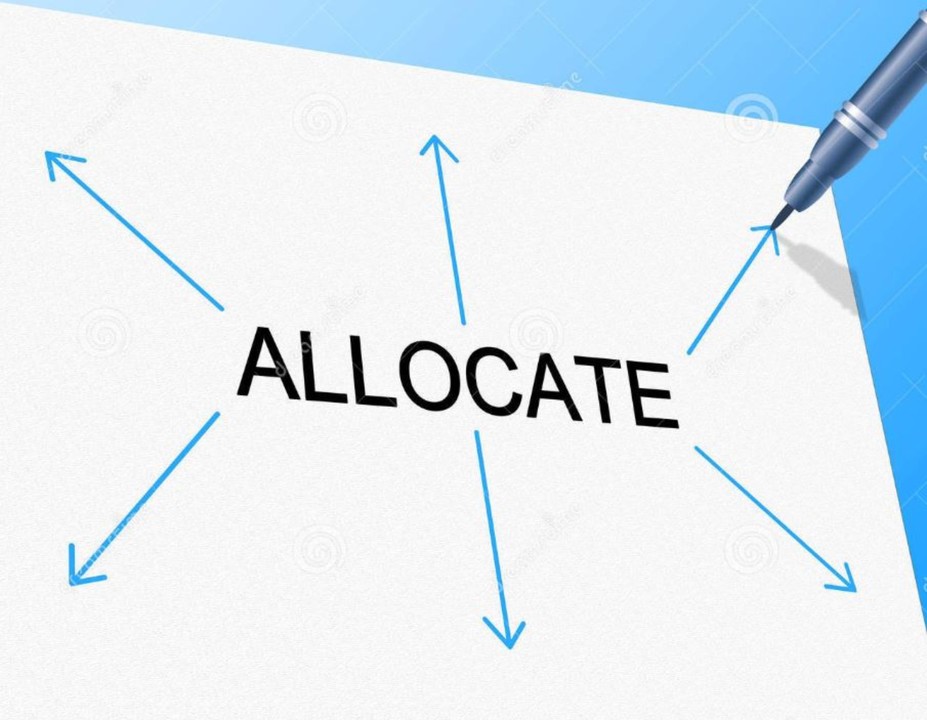When buying or selling a business you are required by the IRS to file Form 8594. This form gets filed with your tax return and the buyer and seller must agree on how the purchase price is allocated. This can become a bone of contention as sellers and buyers often have diametrically opposed interests with regards to how the price gets allocated. The seller typically wishes to apportion as much as possible to classes of assets that are subject to capital gains tax. This is because ordinary income tax rates are usually higher than those for capital gains.
The buyer however may want to allocate much of the purchase to assets that can be rapidly depreciated as this will improve the short term cash flow of the business (by reducing tax liability).
Often we find the seller pushing to minimize the amount allocated to tangible assets such as furniture, fixtures and equipment while maximizing the amount allocated to intangibles such as goodwill. The buyer will typically take the opposite tack with both sides working towards a happy compromise in the middle. The important thing to note is that the buyer and seller must submit the same allocations.
Form 8594 has seven asset classes.
The asset classes are as follows.
- Cash and general deposit accounts (including checking and savings accounts but excluding CDs);
- Certificates of deposit, U.S. Government securities, foreign currency, and actively traded personal property, including stock and securities;
- Accounts receivable and other debt instruments. Assets that you mark to market at least annually for federal income tax purposes
- Inventory and property of a kind that would properly be included in inventory if on hand at the end of the tax year, and property held primarily for sale to customers;
- All assets that don’t fit into any other category. Furniture fixtures and equipment (FF&E), buildings, land, and vehicles usually fall into this category;
- Intangible assets (other than goodwill and going concern value). Copyrights, patents, trademarks, trade names, customer lists etc.
- Goodwill and going concern value (Goodwill represents the excess of the price paid for a business over itsbook value). On form 8594 it is generally arrived at as the “residual value” after other asset classes have been deducted from the purchase price.
It is good practice for buyers and sellers to reach agreement on price allocation prior to closing and sign their respective forms at closing to ensure they match.
Always speak with your tax professional before agreeing to the allocation as your individual circumstances will determine what is best for you. Please note the information above pertains to a small business “asset sale”. A stock sale is subject to different considerations.
Anthony John Rigney is a Business Broker, member of the BBF and the IBBA. He is a Board Certified Intermediary in Jacksonville, Florida.

